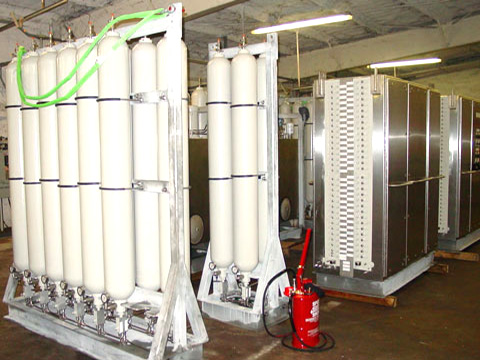Ballast Control Systems
Floaters are platforms where the rigs are set-up for deep water drilling operations. They are normally made up of a square platform with a column reaching into the water at each corner, which connects to massive underwater pontoons that run perpendicular to the columns. Each column has a ballast tank, which carries water that is used to adjust and maintain the buoyancy of the rig. Ballast tanks, which may carry either air or water, are also included on the pontoons to help balance the rig.
The ballast control system consists of a network of pipelines, valves, pumps, and tanks that function as a liquid control system to keep the vessel stable. They control the volume of the liquid present in the ballast according to conditions necessary for the stability with the aid of pumps and motors. Air is also used for similar functions. The valves and pumps are actuated through drives (SCRs and VFDs).
